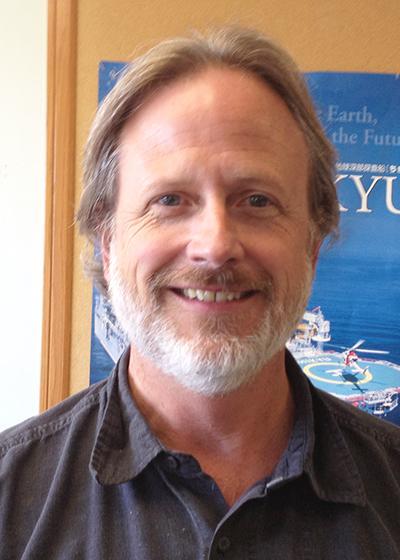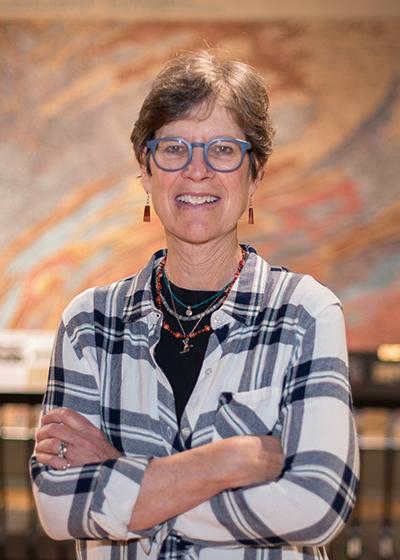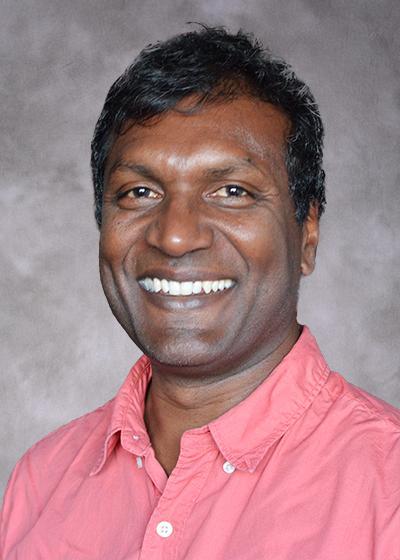

Katherine Freeman

Bradford Foley

Donald Fisher
Fisher, D. M., Smye, A. J., Marone, C., van Keken, P. E., and A. Yamaguchi, 2019, Kinetic models for healing of the subduction interface based on observations of ancient accretionary complexes. Geochemistry, Geophysics, Geosystems, v. 20. https://doi.org/10.1029/ 2019GC008256
Fisher, D. M., Tonai, S., Hashimoto, Y., Tomioka, N. and D. Oakley, 2019, K-Ar dating of fossil seismogenic thrusts in the Shimanto accretionary complex, southwest Japan, Tectonics, DOI:10.1029/2019TC005571
Fisher, D. M., Hooker, J. N., and D. Oakley, 2019, Numerical models for slip along the subduction interface based on field observations, Lithosphere, v. 11, no. 3, p. 322-332.
Morell, K. D., Fisher, D. M., and N. Bangs, 2019, Plio‐Quaternary outer forearc deformation and mass balance of the southern Costa Rica convergent margin. Journal of Geophysical Research: Solid Earth, v. 124, p. 9795–9815. https://doi.org/10.1029/2019JB017986
Oakley, D. O., Kaufman, D. S., Gardner, T. W., and D. M. Fisher, 2017, Quaternary marine terrace chronology, North Canterbury, New Zealand, using amino acid racemization and infrared-stimulated luminescence, Quaternary Research, v. 87, p. 151-167.
Oakley, D., Fisher, D. M., Gardner, T. W., and M. K. Stewart, 2017, Uplift rates of marine terraces as a constraint on fault-propagation fold kinematics: Examples from the Hawkswood and Kate anticlines, North Canterbury, New Zealand, Tectonophysics, v. 724-725, 195-219.
Regalla, C., Fisher, D., Kirby, E., Oakley, D., and S. Taylor, 2018, Slip inversion along inner forearc faults, eastern Tohoku, Japan, Tectonics, v. 36, 2647-2668.
I am a structural geologist who uses field and microstructural observations to study processes occurring along active convergent plate boundaries. This work, mostly funded by the National Science Foundation, has taken my students and I to subduction zones around the world including Sumatra, Costa Rica/Panama, Alaska, Japan, Taiwan, and New Zealand. My work is multidisciplinary and has led to collaborations at Penn State that address a range of problems related to subduction such as the mass balance and active uplift rates in the forearc, the impacts of seamounts and ridges on subduction, the significance of fracture patterns and veining, and the causes for systematic cleavage patterns in collisional mountain-belts. Most recently, I have been conducting studies in Japan and Kodiak, Alaska on rocks that were deformed along the subduction interface at depths of seismogenesis to understand the processes that lead to different slip behaviors including Great Earthquakes. I also have a project with Roman DiBiase studying the impact of mountain-building processes in the active collision in Taiwan on the patterns of rock strength and how these patterns influence surface processes.

Matthew Fantle

Derek Elsworth

Roman DiBiase
- Post-wildfire erosion in southern California
- Soil production and the transition between soil-mantled and bare-bedrock landscapes
- River incision and feedbacks between tectonics, rock strength, and topography in Taiwan
Susquehanna Shale Hills Critical Zone Observatory Publications:
See current list of publications on Google Scholar.
My research focuses on quantifying the mechanisms of erosion and sediment transport responsible for shaping Earth’s surface and applying this insight to problems ranging from post-wildfire erosion to landscape evolution. I am motivated by the challenge to develop surface process models that satisfy both modern observations and longer-term geologic constraints. Such a mechanistic approach is necessary to better predict landscape response to changing climate and land use conditions, mitigate natural hazards, and understand the dynamic interactions between surface and deep Earth processes. We investigate these problems using fieldwork, topographic and photogrammetric analysis, cosmogenic radionuclides, and modeling.

Susan L. Brantley
My research focuses on natural and human-induced reactions among water, rock, gas, biota, and soil. I have long been interested in the rates and mechanisms of water-rock reactions in the field and in the laboratory, including how we measure them, reproduce them in the laboratory, and model them.
Research Interests and Current research projects include:
- Critical zone science
- Weathering, erosion, and soil formation
- Water quality issues associated with agriculture and hydraulic fracturing
- Enhanced rock weathering
As an aqueous geochemist at Penn State, my title is Atherton Professor and Evan Pugh University Professor Emerita of Geosciences. I investigate chemical, geological, biological, physical, and anthropogenic processes associated with the circulation of aqueous fluids in shallow hydrogeologic settings, with a particular focus on inter-relationships within the critical zone. I have a Ph.D. in geological and geophysical sciences from Princeton University.

Timothy Bralower

Sridhar Anandakrishnan
The research group I am a part of (the Penn State Ice and Climate Exploration---PSICE---http://www.psice.psu.edu) is involved in a number of projects ranging from satellite remote sensing and geophysics to modeling to laboratory measurements of ice properties
- We are part of a large project to characterize Thwaites Glacier in Antarctica to help project its future contribution to sea level rise
- We are working to colleagues to study the calving and flow of Helheim Glacier in Greenland
- Using geophysics and drilling we will be mapping a history of the Greenland Ice Sheet as part of the GreenDrill project
I am a glaciologist and geophysicist who is interested in the response of the ice sheets of Antarctica and Greenland to climate change. Making progress in this field depends on a better understanding of subglacial geological and geophysical conditions. The distribution of sedimentary basins, crustal heat flow, bed-forms and -roughness, and hydrology are all poorly understood subglacial parameters of the great Polar ice sheets, which can have significant societal impacts through sea level change.
My background is in Geophysics, Glaciology, and Electrical Engineering. I’m happy to welcome new students. Both undergraduates who want to take my classes, do a senior thesis, a project, and graduate students who wish to pursue a Master’s or Ph.D. in glaciology.


